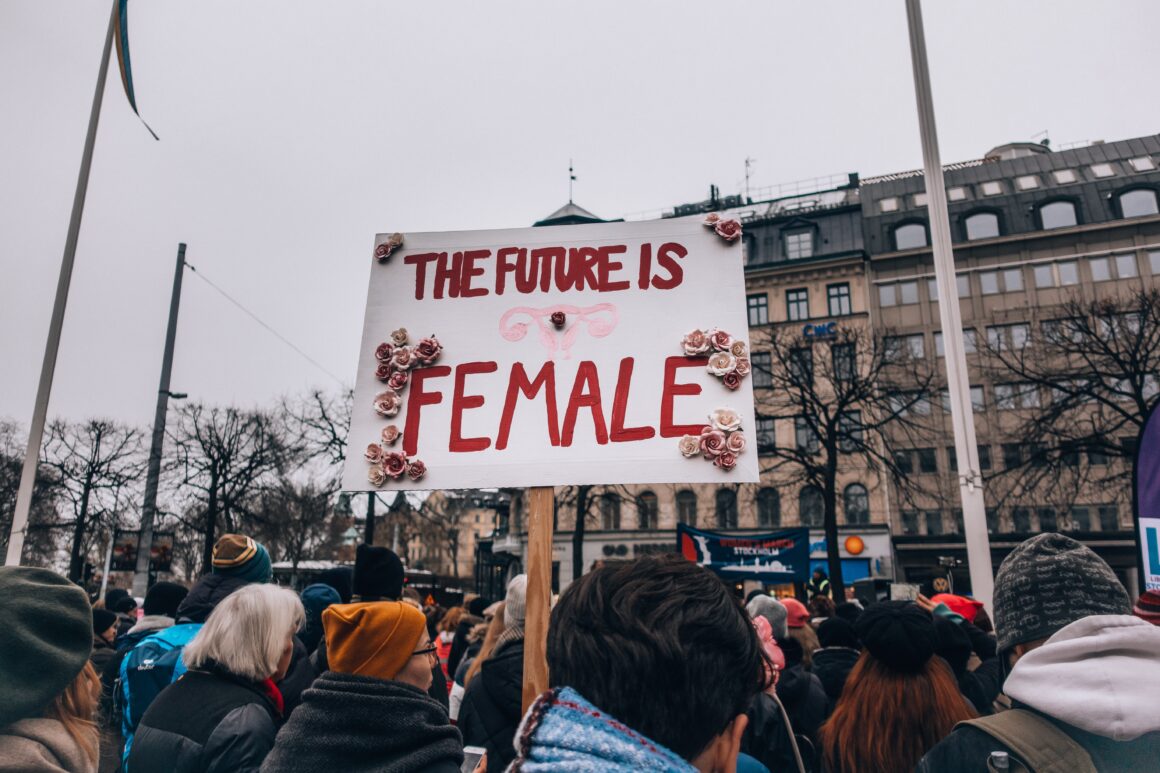For some reason, as deemed in professional establishments all across the country, women wearing businesslike attire that reveals exposed shoulders are “unacceptable,” “distracting,”, or, as Speaker of the House Paul Ryan describes, a disagreement to “the core principles of proper parliamentary practice that are so essential to maintaining order and deliberacy” in the House of Representatives.
Despite increasing temperatures in Washington D.C., professional attire that adapts to the warm weather is resulting in the denial of access to the Speaker of the House’s lobby, a room where brief interviews occur outside of the House. And while the dress code has restrictions to both males and females, the rules have been applied mainly to female reporters, since the expected attire for women, unlike for men, was never defined.
In a recent CBS News report, the narrative of one female reporter’s experience of having to fashion DIY sleeves from notebook paper in attempt to change the rejection of her presence as a result of a sleeveless dress, drew attention on social media.
“These undefined rules and inconsistent enforcement have always made me mad,” reporter for Huffington Post Jeffrey Young tweeted on July 6 in response to the Speaker’s dress code. “It’s inflexible for me: Coat-and-tie, year-round, even in the hottest and muggiest months. But.. It’s even worse for women. Yeah, they’re not limited to business suits and can dress more seasonably appropriate. But… I saw women shamed over her totally acceptable attire, or even because someone decided their very shapes were inappropriate. Imagine showing up for work and being told by a cop that you’re showing too much shoulder or cleavage to do your job. Infuriating.”
Imagine showing up for work and being told by a cop that you’re showing too much shoulder or cleavage to do your job. Infuriating.
— Jeffrey Young (@JeffYoung) July 6, 2017
By failing to define what exactly constitutes as inappropriate attire, it is left up to officials to decide indefinitely what clothes will not be allowed into the Speaker’s lobby, a process that can undeniably lead to many conflicts and problematic insinuations.
While many criticize those who highlight the flaws of the rule, pointing out that the rule has been held up through multiple offices and cannot be turned into a story against Ryan, the matter ends up being less of who is pro-Ryan and more of who is pro-women. Although women being limited because of shoulder exposure is nothing new, and has been enforced in institutions nationwide including schools, banning sleeveless attire is still not acceptable. The fact that the rule is not new only furthers the point that restricting women from doing their jobs because of exposed shoulders has gone on for far too long.
The fact that the rule is not new only furthers the point that restricting women from doing their jobs because of exposed shoulders has gone on for far too long.
Furthermore, the rule did not seem to be applied to Former First Lady Michelle Obama, seen on multiple occasions wearing sleeveless dresses at State of the Union addresses inside the House chamber, as well as Ivanka Trump, who sported an off-the-shoulder dress recently at the House gallery. Neither of these women became or were viewed as less professional because their exposed shoulders, though the upholding of a restrictive dress code implies the opposite.
It’s 2017- and while professional attire is a reasonable expectation at any practice, sporadically enforcing an undefined dress code on women as well as prohibiting any sleeveless garment, resulting in limitations of women’s work performance due to archaic ideation, should no longer be acceptable in any establishment.


